“You’ve got to get the memo from someone you know to get in here,” says Valeriane Venance, founder of the brand Indépendantes De Coeur. Her cropped curls frame her face as we chug on a rollie on Hackney Road. Two years ago Valeriane had found out about this place through a friend, who had actually found out from a friend of a friend – you start to get the picture. She’s not talking about a new club, or a bar, or a very exclusive retail project: she’s talking about a framers-turned-studio block on the bustling Hackney Road.
Walking through the three-storied block, the sense of community is palpable, with casual chats on the stairwell, shipping export problems shared over black coffee out the front, and studio doors always open and ready to receive friends who need a bit of pepping up. In a block full of your peers, it’s all too easy to spend an afternoon gossiping on the new astroturf-lined patio rather than getting through your to-do list. The upsides, however, outweigh the pitfalls of any distractions. “It sure is amazing to knock on the door of a neighbour and talk your way out of a hole,” says the photographer Oscar Foster-Kane, his arms full of parcels fresh from the post room. The element of skill or equipment sharing is priceless, particularly for designers early in their careers, and difficult to find anywhere else.
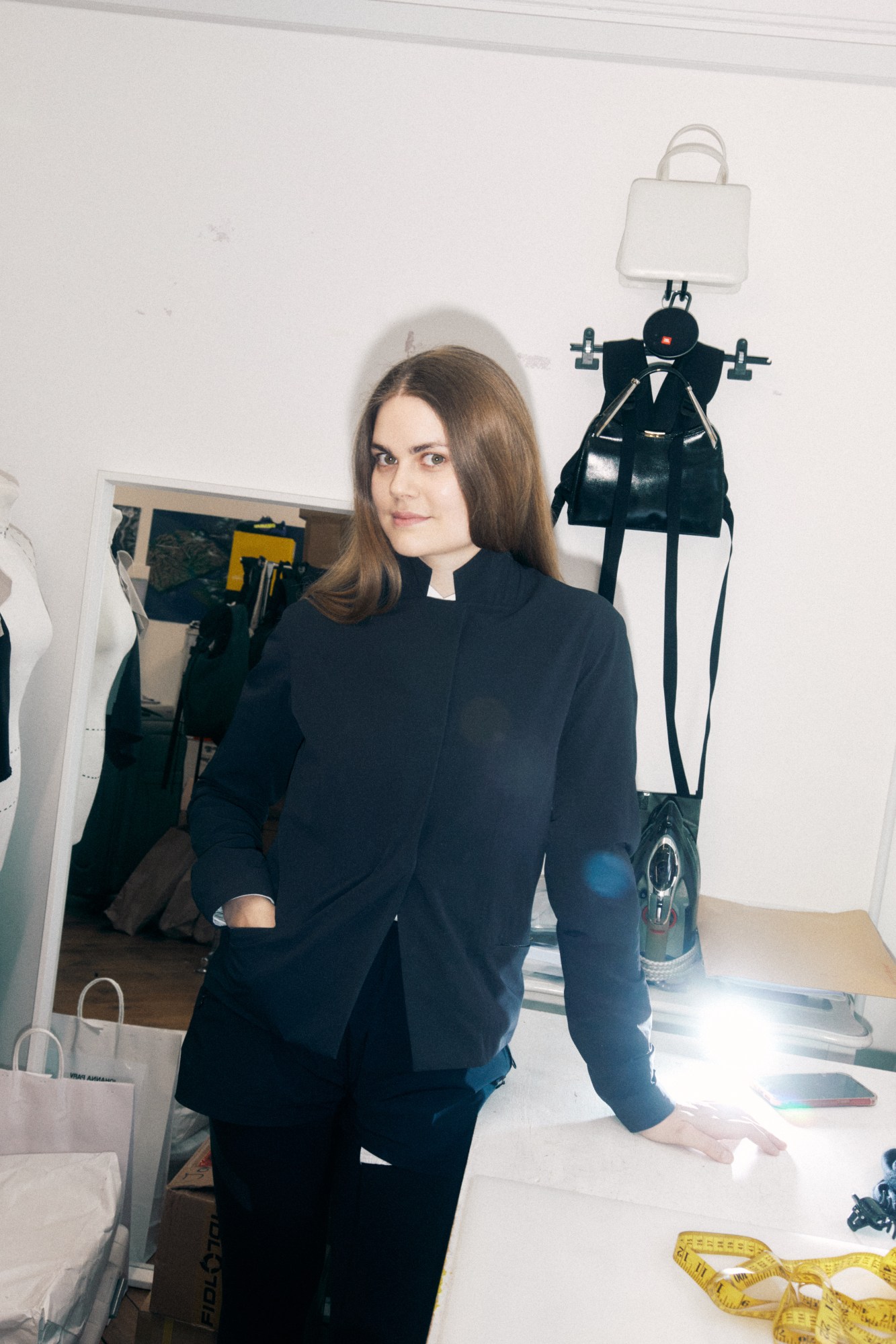

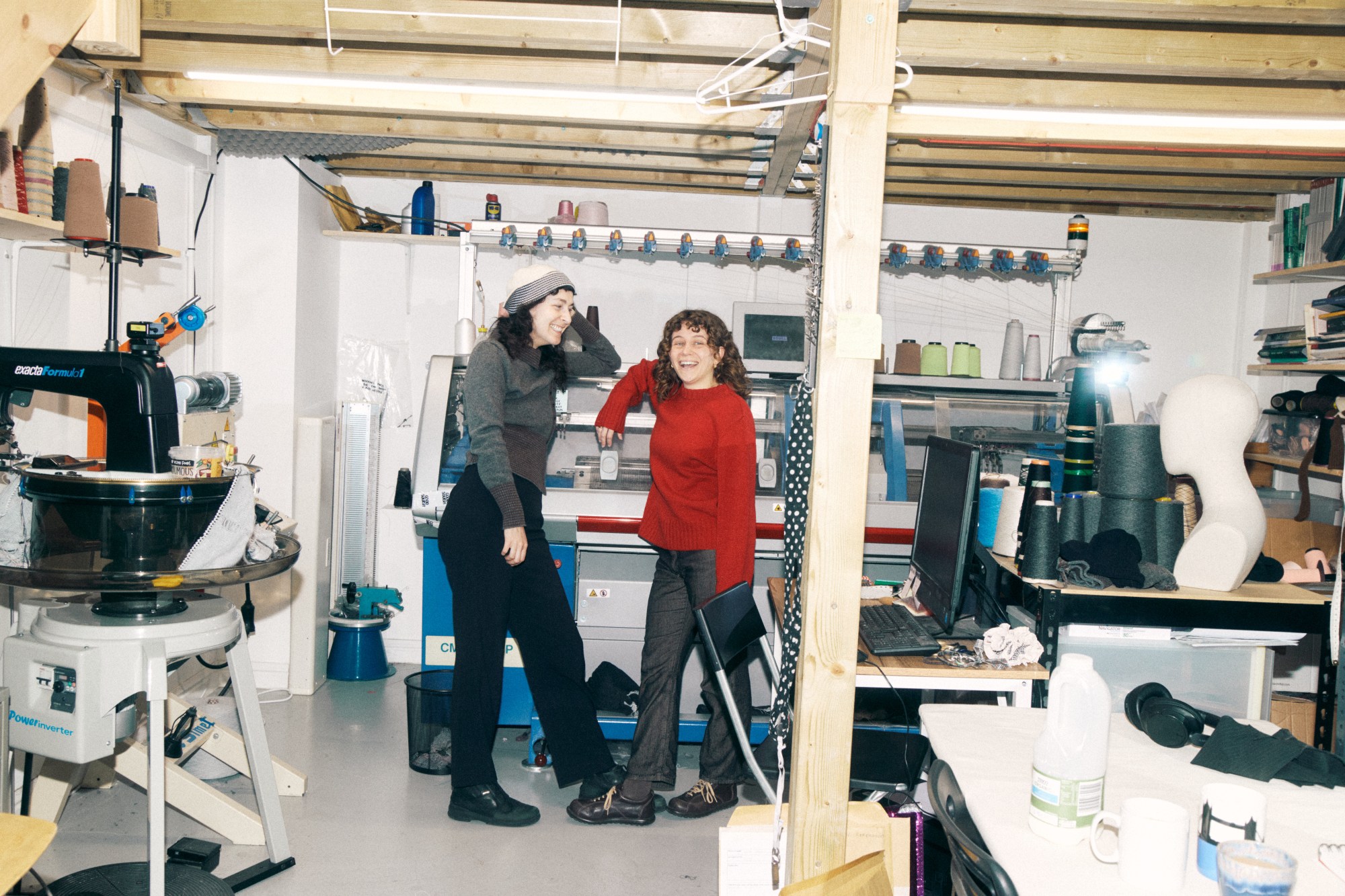
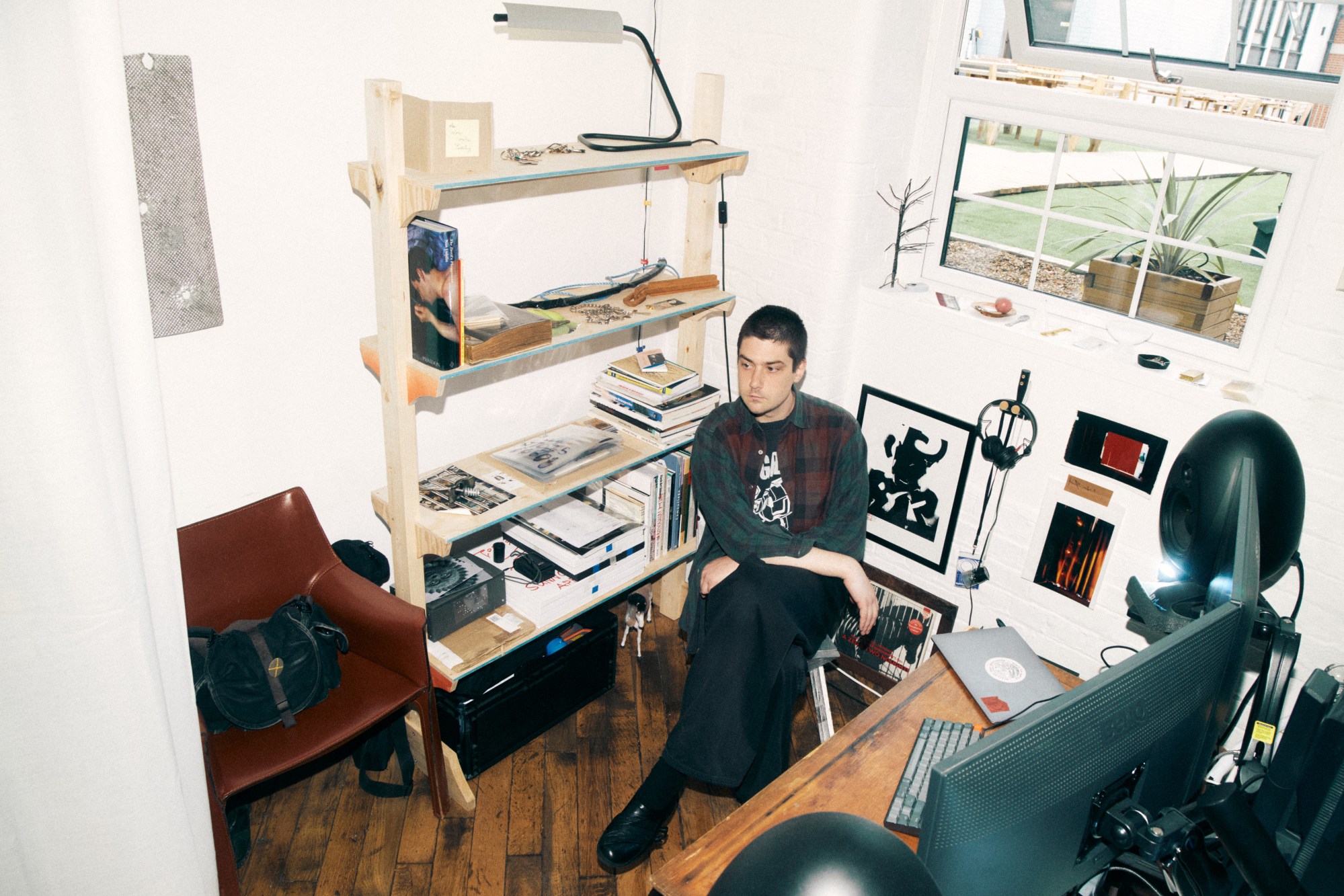

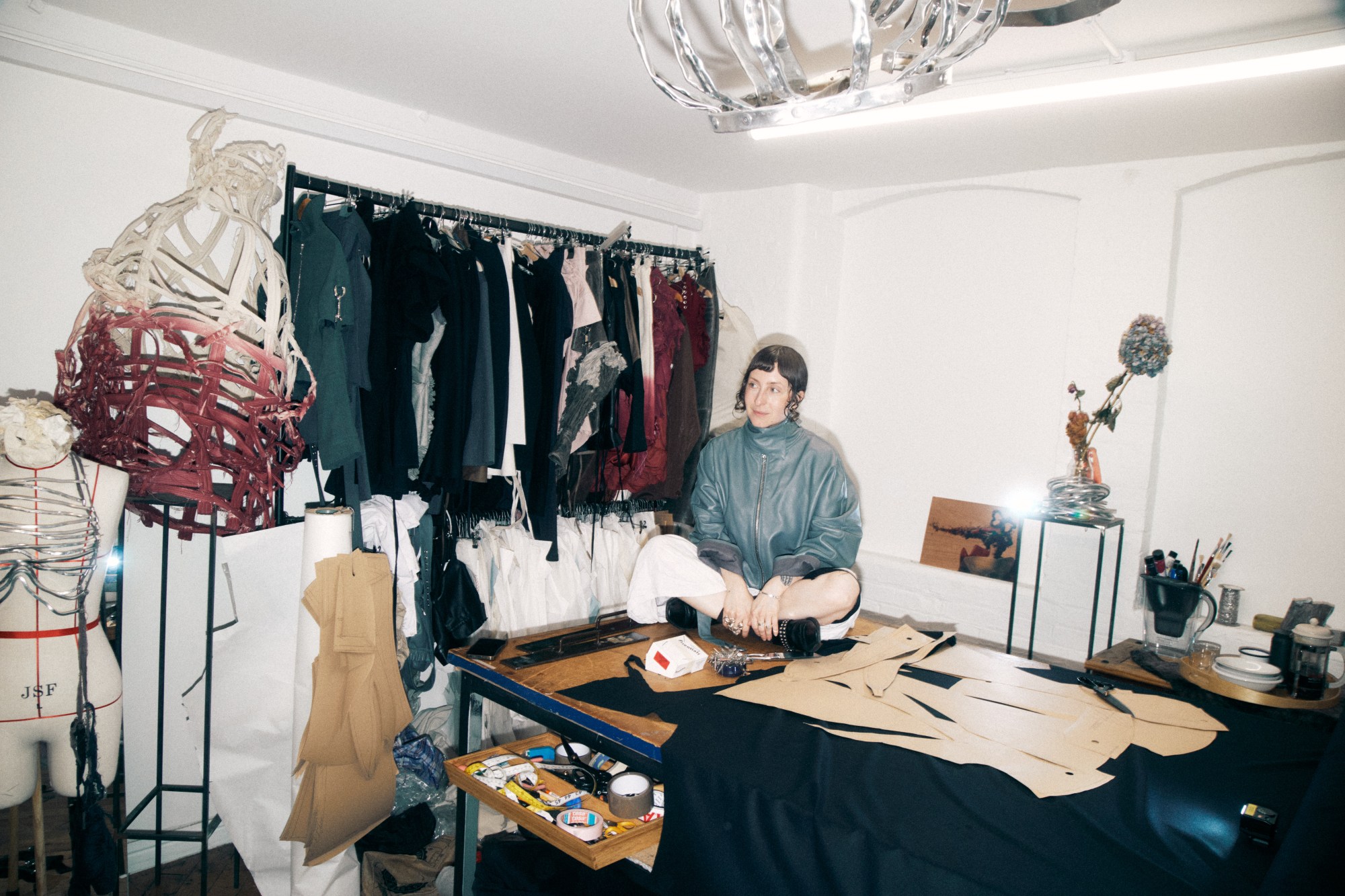

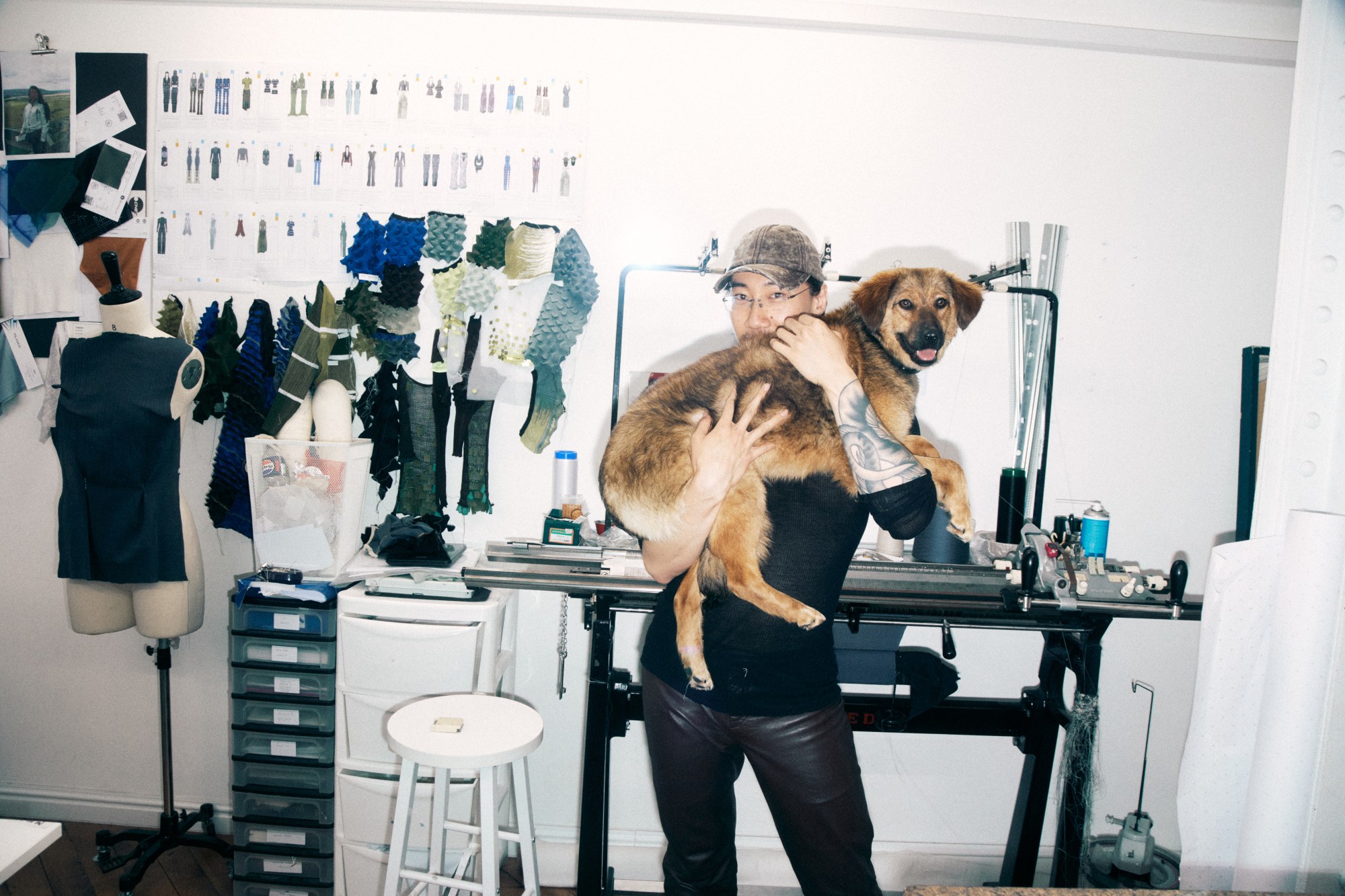


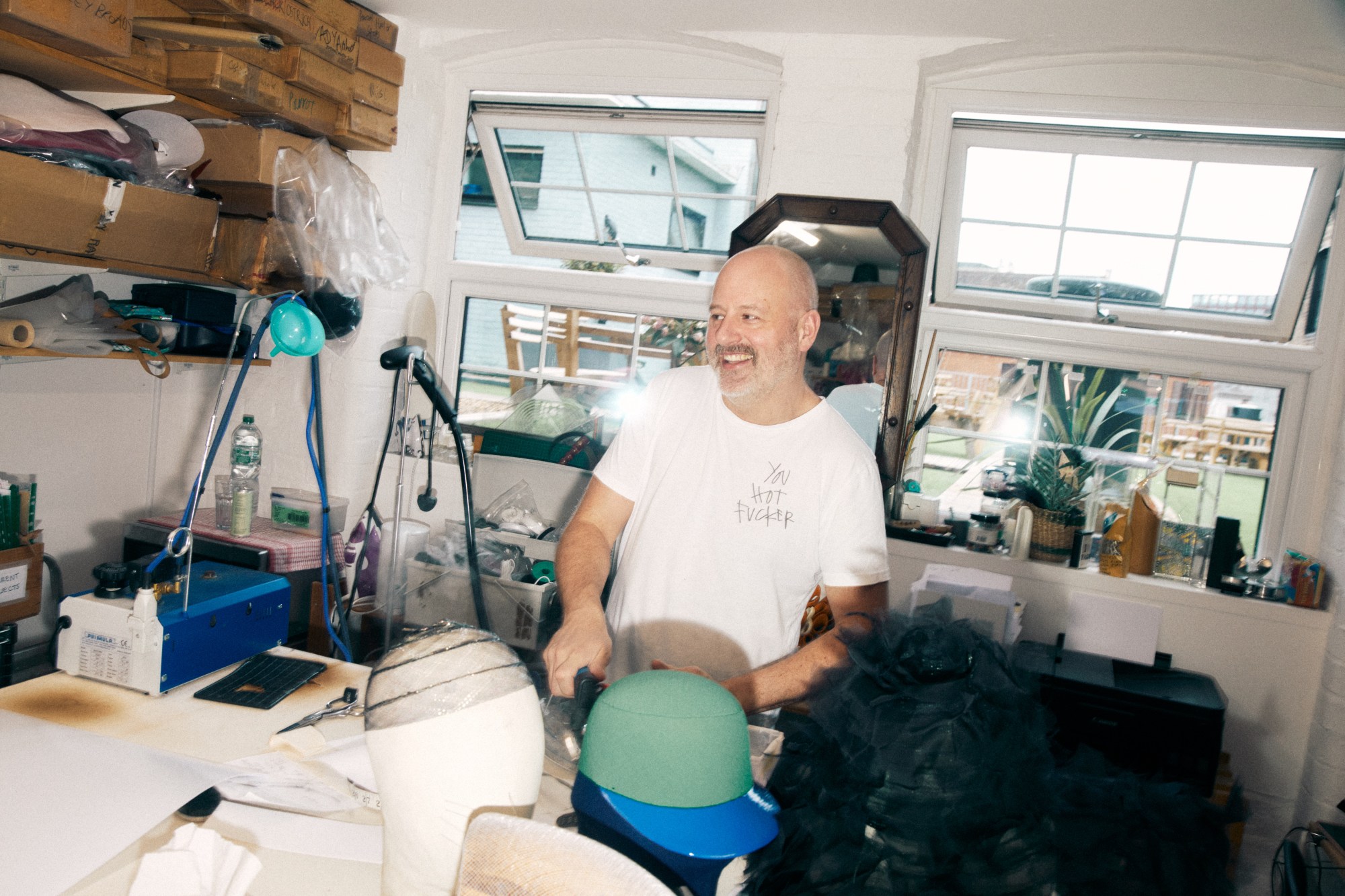
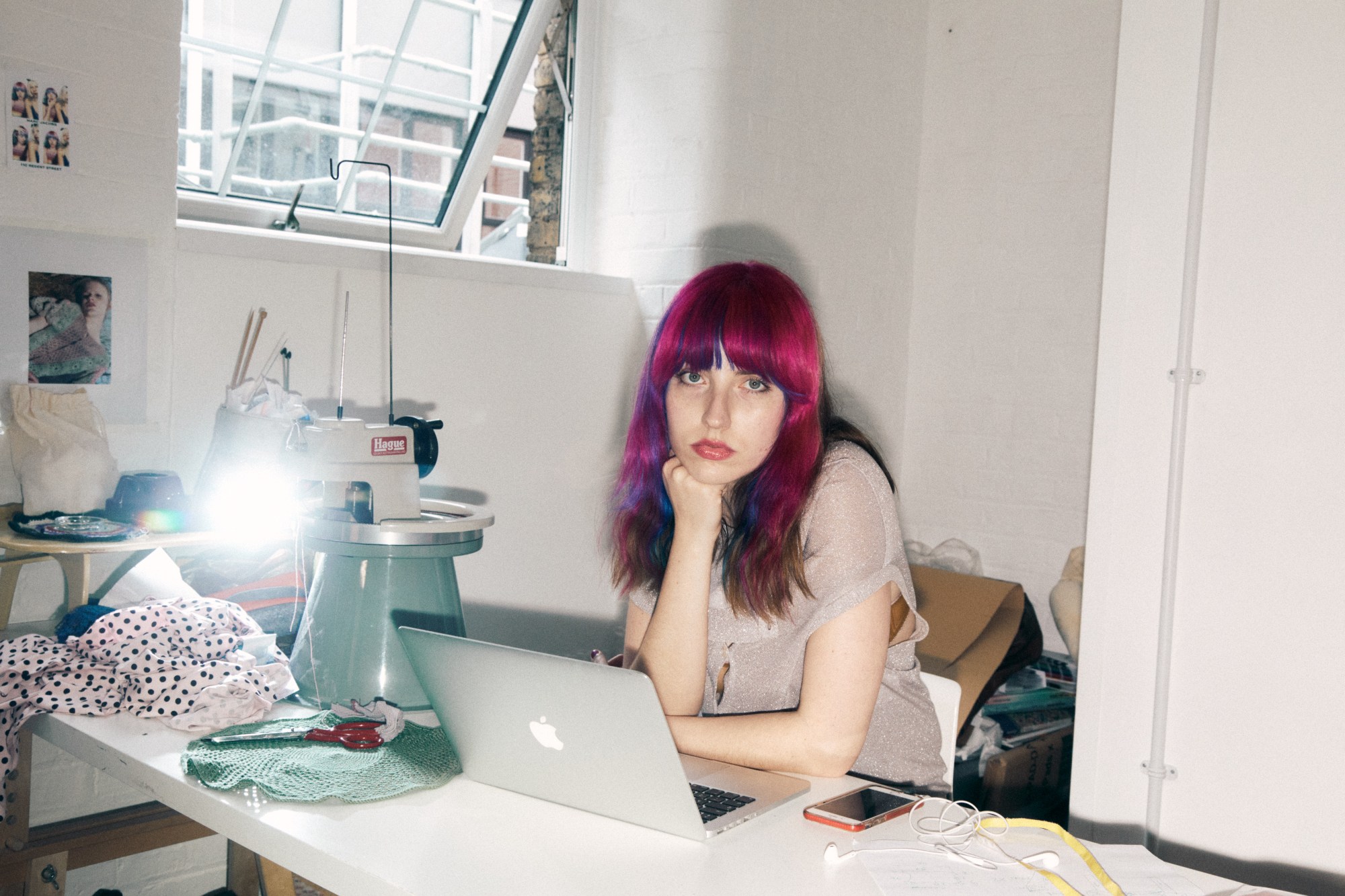












Those with keen eyes might recognise this block from a 2017 Buffalo Zine cover shoot with Pamela Anderson, which also featured a cameo from the building’s concierge, Mike. When the block went through a redevelopment two years ago, however, the fashion industry’s youngest initiates soon caught wind. Location, great. Vibes, pretty good. Plus, there’s twenty-four hour security, and relatively affordable rents for east London at an average of £2.15 per square foot per month (a moderately sized studio costs £525.00 per month). I first heard rumours of this building through the knitwear designer Ilana Blumberg, who moved in while most of the studios were still in the midst of being built. Whispers – in the end, unfounded – of potential asbestos-fuelled health hazards did not seem to put anyone off. The post room, in particular, is a real draw in an industry that relies rather heavily on courier services. “It’s definitely great for multi-drop returns,” jokes knitwear designer Katya Zelentsova.
Now the block is home to virtually every type of vocation in the fashion industry: designers, stylists, writers, photographers, filmmakers, hair stylists and make-up artists. There’s someone who rents out photography equipment, a curated vintage boutique as well as a vast clothing archive that sprawls through multiple studios and loans out antique garments for costuming and styling. As one tenant describes it, the space is kind of like a stepping stone between fashion school and ‘the real world’. Marie Lueder, the dungeoncore-coded menswear designer agrees. “It feels a bit like uni,” she tells me in a voice note – she’s rushing to catch a train. “I think it has made us more professional, but we also feel less alone in this struggle of building a brand.”

“If these spaces become more expensive, it’s going to destroy the city.”
Marie Lueder
Even though everyone’s here to work, business and pleasure often overlap. Valeriane Venance starts her day having a coffee with her ‘OGs’ Nic Farnan and Ben Chaplin of jewellery brand CC-Steding, who collaborate on Indépendantes De Coeur’s sculptural metalwork pieces. She moved to the block two years ago from her unlovely previous studio: a windowless, unheated restaurant stock room in Manor House. “Being surrounded by creative energy is a good motor,” she explains how the move has affected her work, “it’s inspiring to watch everybody in there grow.”
“For someone who is actually starting something new, you need space to commune with other creative people, and I think that’s really London’s USP. If these spaces become more expensive, having to compete with companies like WeWork, it’s going to destroy the city,” Marie explains. Emerging designers are the lifeblood of a fashion capital like London. From this urban throng, some of the most influential and experimental names in the industry have emerged, defining the city’s reputation as a place that nurtures fresh, innovative design.
Although many would say London’s success is built upon the presence of one very influential fashion college, there is something else that is arguably far more important in sustaining the city’s young creative industries: that of affordable (or, in some historical cases, squattable) spaces in which to work. There was Notting Hill in the 70s, home to David Hockney and Ossie Clark, and Warren Street in the 80s where the likes of Boy George, Princess Julia and Stephen Jones mingled in abandoned townhouses. In more recent times, Peckham in the early 2000s was home to the !WOWOW! squat, a collective of artists and designers that famously included Gareth Pugh.
The city’s tight relationship with speculative property developers hell bent on gentrifying London’s post-industrial spaces (and the endless cycle of regeneration that this produces) has allowed young designers to thrive in dingy warehouses at the end of a tube line and old decrepit office blocks. In today’s climate, however, with the UK’s stringent squatting laws and the resulting fear that you might be evicted at a moment’s notice, it’s not particularly desirable for young people in the fashion industry to work out of a squat. With Instagram becoming the new LinkedIn of the creative industries and the very real problem of rising living costs, designers are now required to professionalise as early as possible in their career. As a result, customers tend to see young brands (who are often made up of the designer, maybe one or two freelancers and a couple of interns) as a much bigger operation than they actually are. On top of that, to make enough clothing to pay your rent you need either big cumbersome machines or a significant amount of space. A sense of stability, then, is pivotal.

Ilana Blumberg, who in her own words makes “iconic knitwear that you will keep forever”, produces much of her work on a giant computerised knitting machine, whose mechanical thuds can be heard from the other end of the labyrinthine corridor. It weighs one tonne and is the size of a Fiat 500. “So I need to know that I’m not in a precarious situation,” Ilana explains. “The time and energy it takes to accommodate a machine like this… it would be a full-time job if I had to keep moving around.”
The “cheapness” of the studio block is, of course, relative. For most, these rates are a stretch on top of the exorbitant amount that landlords can now extract for a mould-ridden box room in Hackney. Designer Chet Lo has made his name making spiky knitted pieces seen on the likes of Zendaya, Juliana Nalú and Queen Latifah. His iconic bunny bags are a favourite of the K-pop group NewJeans. Despite the many positives (the block being dog-friendly included) the cost of space is an issue. “It’s always hard trying to budget everything,” he explains, noting the lack of access to storage space in his studio as one of the main drawbacks.
“I would say rather than it being affordable, it’s accessible,” designer Johanna Parv says, who has been at the studio since its renovation two years ago. “It’s this massive block where there are lots of spaces,” she points out, “so it’s not as exclusive.” But the short, one year contracts and 12% yearly rent increases have been large and sticky thorns in her side. Accessible, because there are no barriers to getting a studio in a well-connected location, but still tough for a young designer expected to be producing full collections twice a year. The space is actually not that affordable.
“Places like this are few and far between,” Oscar explains. “It’s still a business, but it’s currently more affordable than other options, which is really helpful in the context – we really have to work with what we can find.” And really, what’s special about this block is the people who occupy it. “In such close proximity with other designers you just can’t be competitive with each other, you have to help each other,” Ilana tells me, grinning, “I couldn’t get lonely even if I tried.”